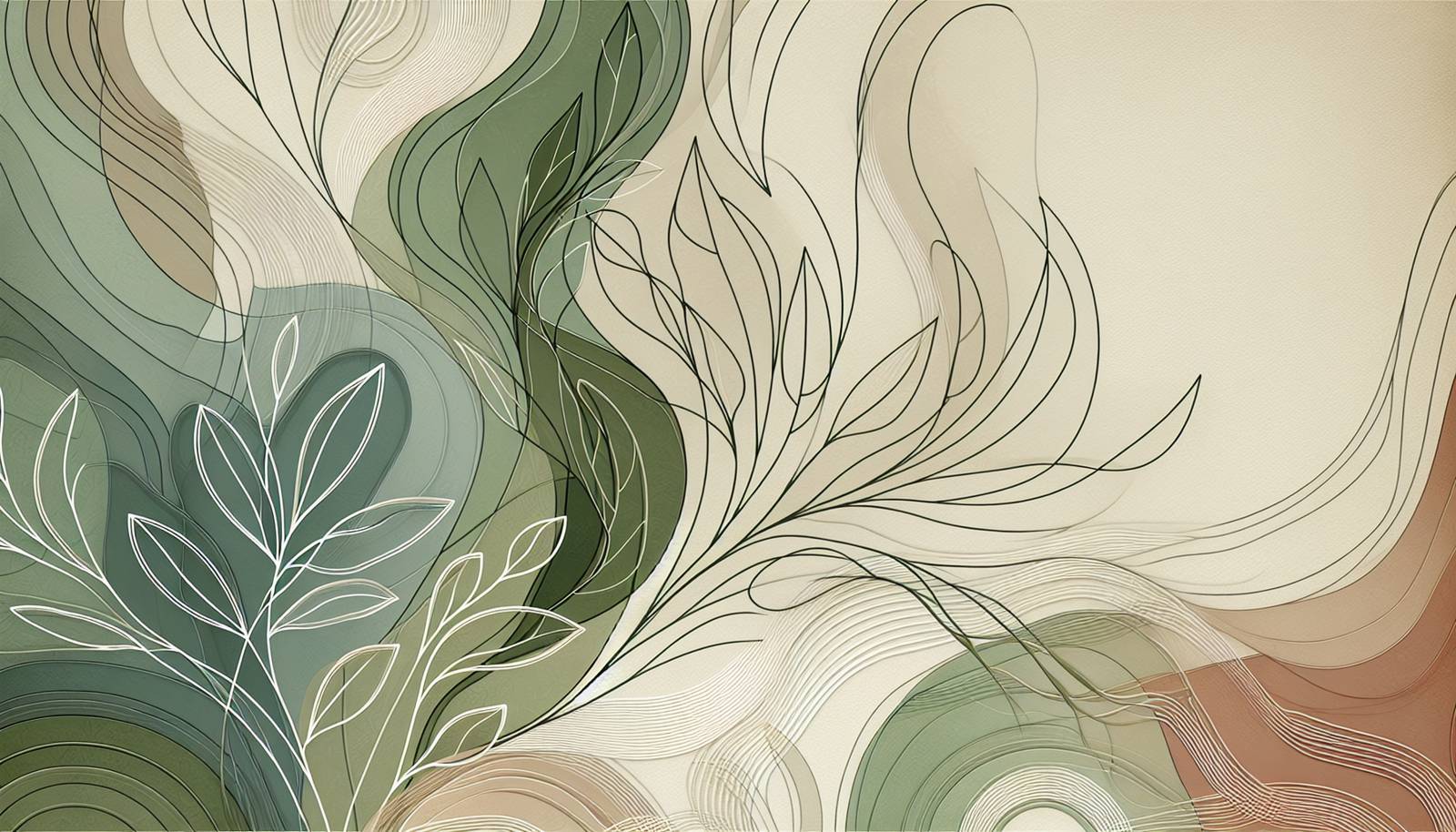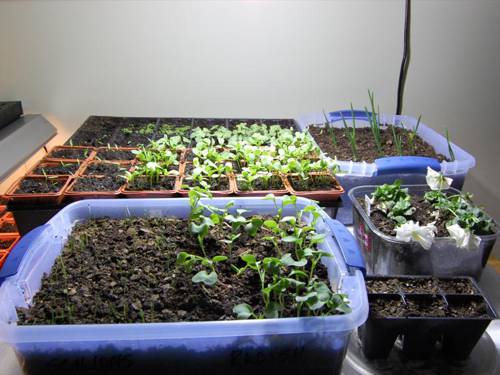
FAQ About Indoor Plant Seed Germination Techniques

What are the best temperature conditions for indoor seed germination?
Most indoor plants require temperatures between 65°F and 75°F (18°C to 24°C) for optimal seed germination. However, some seeds have specific temperature requirements, so it's crucial to check the specifics for each plant species. Maintaining consistent temperature is key, as fluctuations can hinder germination. Heat mats can be useful to provide the necessary warmth, particularly in cooler environments.

How much light do seeds need for successful germination indoors?
Seeds generally require indirect light or darkness to germinate, depending on the type. Some seeds, like lettuce and certain flowers, require light to germinate, while others, like most vegetable seeds, need to be in the dark. Once germination begins and seedlings appear, provide 12-16 hours of light daily using fluorescent or LED grow lights to support growth and prevent spindly seedlings.

Why is humidity important for seed germination?
Humidity plays a significant role in seed germination by ensuring that the nascent seedlings have enough moisture to break down seed coatings and start growth. High humidity levels help keep the growing medium from drying out and offer the optimal environment to prevent the seeds from desiccating. Covering the seed trays with a plastic dome or plastic wrap can help maintain the right humidity levels.

What mediums are suitable for indoor seed germination?
Ideal mediums for indoor seed germination include seed-starting mix, peat pellets, and coconut coir. Seed-starting mixes are particularly favored due to their lightweight and sterile nature which prevents disease. Avoid using garden soil as it may contain pests or pathogens that can harm young seedlings.

Can you use coconut coir as a germination medium for indoor plants?
Yes, coconut coir is an excellent medium for seed germination. It is sustainable, holds moisture well, and promotes good aeration. Additionally, coir is resistant to fungal growth, which can help prevent seedling diseases. It is pH neutral, making it suitable for a wide range of plant types.

How often should you water seeds during indoor germination?
Seeds should be kept consistently moist but not waterlogged. Watering once a day or when the top layer of the medium begins to dry out is typically sufficient. It is crucial to avoid letting the medium dry out completely or become saturated, as both can negatively impact germination. Using a spray bottle can help apply moisture uniformly.

Do you need to soak seeds before germinating them indoors?
Soaking seeds before planting can improve germination rates for many types of seeds, especially those with hard coats like beans and peas. Generally, a soak of 12 to 24 hours in warm water can help soften the seed coat and speed up germination. Be careful not to soak them for too long, as this could cause the seeds to rot.

What is stratification, and is it necessary for indoor seed germination?
Stratification is a process of exposing seeds to cold temperatures to break their dormancy, mimicking the natural conditions some seeds require to sprout. This is necessary for certain plant species such as lavender and some perennials. For indoor germination, seeds may need several weeks in a refrigerator to achieve this effect before planting.

Do all seeds need light to germinate indoors?
No, not all seeds require light for germination. While some seeds like those from lettuce and snapdragon require light, others do best in darkness. It is important to check the specific needs of the seeds you are planting, as providing the wrong conditions can prevent germination.

What are the signs of successful seed germination?
The primary sign of successful seed germination is the emergence of a seedling from the soil. Initially, you may notice small white roots appearing, followed by the cotyledons, or seed leaves. Healthy seedlings will grow steady and not appear yellowed or spindly. A consistent growth pattern is also a good indicator of healthy germination.

Can seeds be started indoors without grow lights?
While it is possible to start seeds indoors without grow lights, particularly if they are near a bright, south-facing window, there are limitations. Without sufficient light, seedlings may become leggy as they stretch towards the light source. Grow lights provide controlled illumination and are highly recommended to ensure even, vigorous growth.

What is the role of a seed heat mat in germination?
A seed heat mat comes in handy by providing a consistent, warm temperature to the soil, which is especially useful in cooler environments or winter conditions. This warmth can accelerate germination rates for heat-loving seeds like peppers and tomatoes, providing a quick start for growth.

Why might seeds fail to germinate indoors?
Seeds may fail to germinate due to various reasons such as incorrect temperature, inadequate humidity, poor lighting, or expired seeds. Overwatering causing rot or fungal issues, and planting seeds too deep, can also impede germination. Ensuring optimal conditions and using fresh seeds typically improves success rates.

How long does it usually take for seeds to germinate indoors?
The germination period varies widely among plant species. Some seeds can germinate within a few days, such as radishes, while others may take weeks, like some perennials and peppers. Always refer to the seed packet instructions for specific timing, as these are often tailored to the plant's biological requirements.

Is it necessary to use a propagator for indoor seed germination?
While not essential, a propagator can provide an ideal environment for seed germination by maintaining stable humidity and temperature levels. They are particularly useful for starting seeds in colder months or environments. However, with careful management of temperature and humidity, successful germination can be achieved without one.

What is the ideal depth for planting seeds indoors?
The general rule of thumb for planting seed depth is to plant seeds one to two times as deep as their diameter. Some very small seeds should barely be covered with medium, while larger seeds like beans can be planted deeper. Always follow specific instructions on seed packets for the best guidance.

Can humidity domes help with seed germination indoors?
Yes, humidity domes are beneficial as they create a humid microclimate conducive to germination. They prevent the moisture in the growing medium from evaporating too quickly, ensuring a consistent moisture level around the seeds. Remove the dome once seedlings emerge to allow air circulation and prevent mold growth.

How critical is air circulation for indoor seed germination?
Good air circulation is critical to prevent fungal diseases like damping-off, a common issue with seedlings. Ensuring proper ventilation once seeds have germinated helps to strengthen seedlings by simulating natural breezes. Using a small fan can aid in providing gentle air movement.

Does starting seeds indoors affect their growth and quality?
Starting seeds indoors can have several advantages such as earlier harvests and protection from harsh outdoor conditions, which can lead to healthier and stronger plants. However, if not provided with adequate light and care, seedlings can become leggy or weak, affecting their long-term health. Ensuring proper conditions mitigates these risks.

What are some common myths about seed germination indoors?
One common myth is that seeds must always be soaked before planting. While beneficial for some types, not all seeds require it. Another myth is that any light source is adequate, but in reality, full-spectrum grow lights are often necessary to prevent poor growth. Lastly, many believe seeds will germinate without attention to temperature and humidity, but these conditions are crucial for successful germination.
